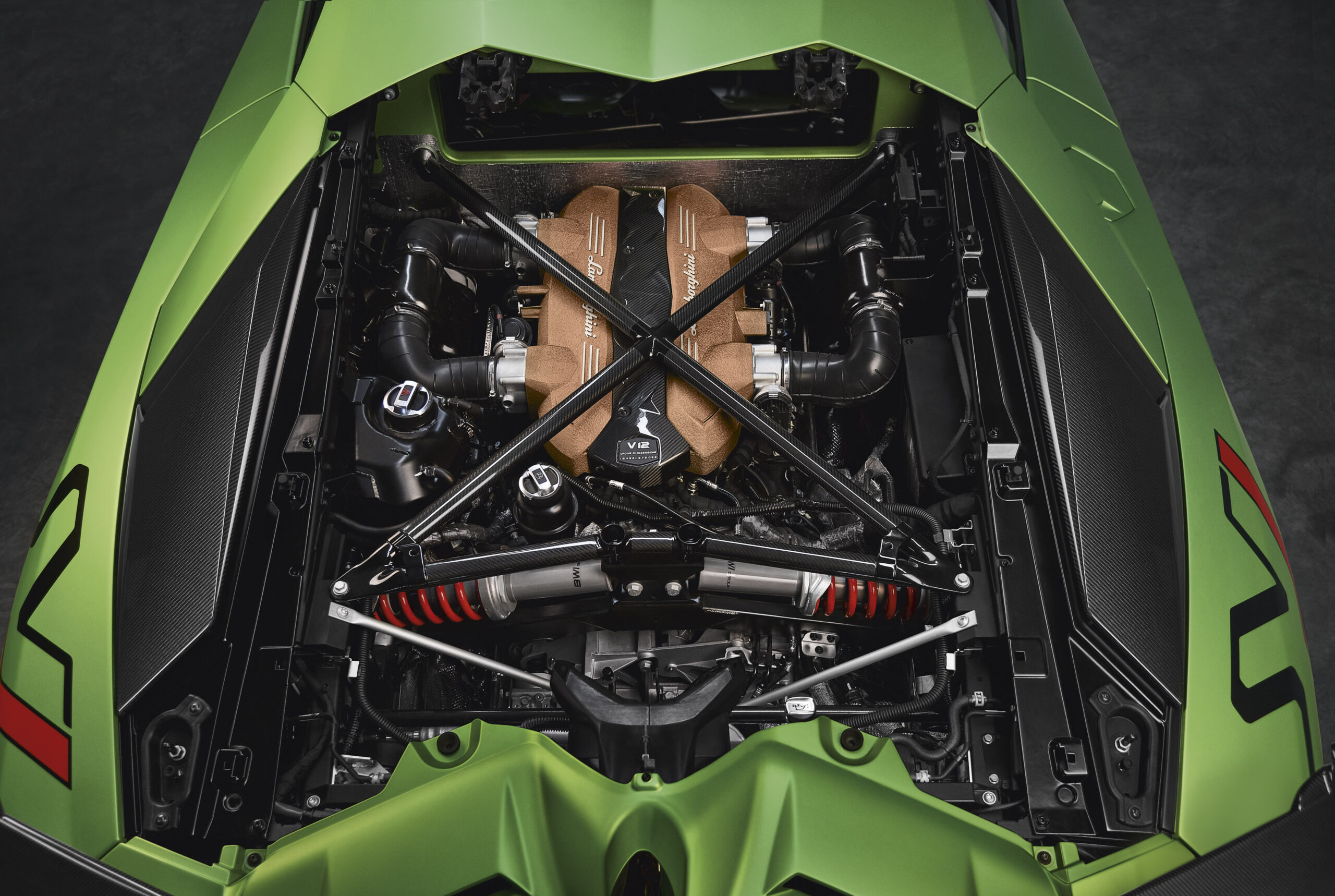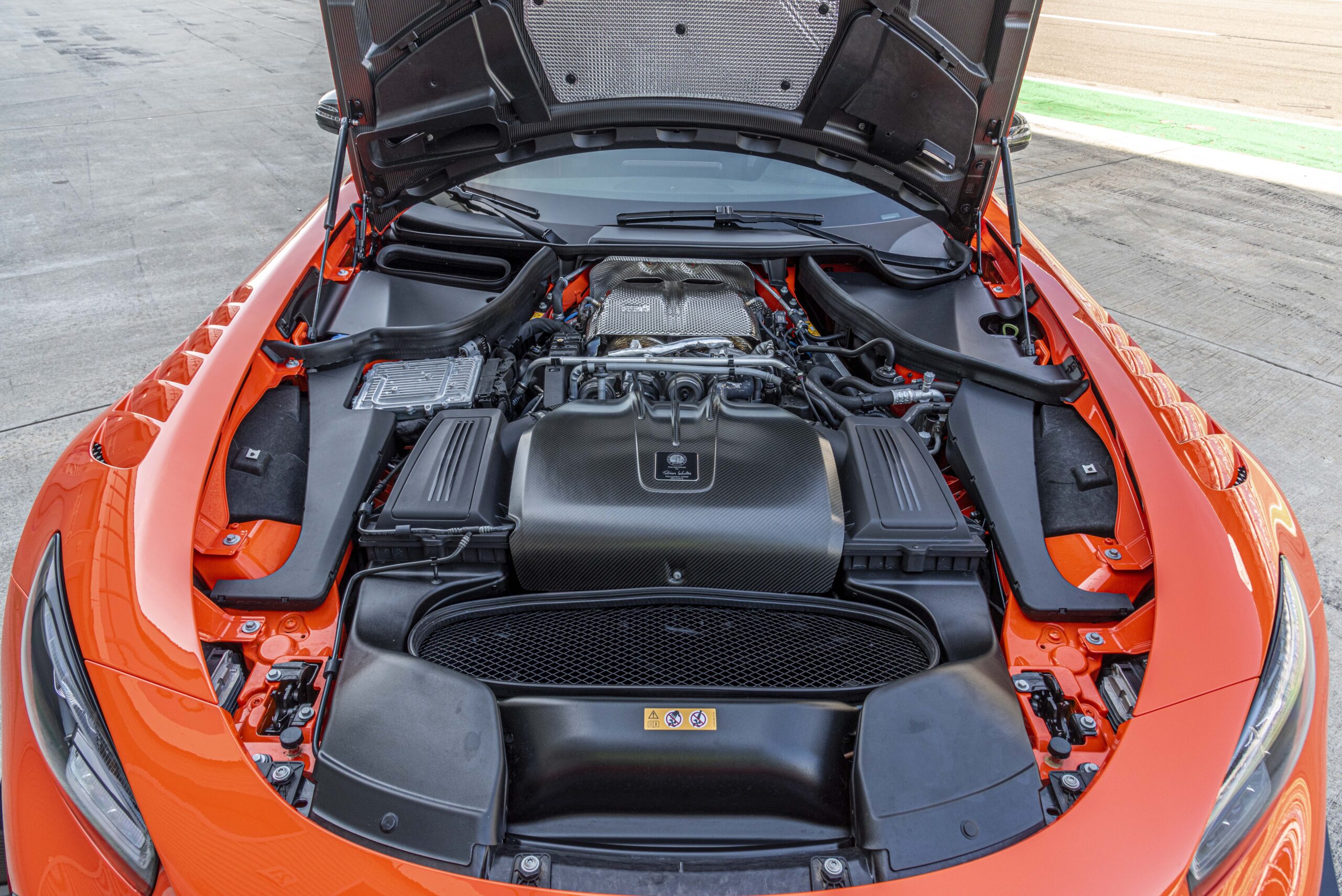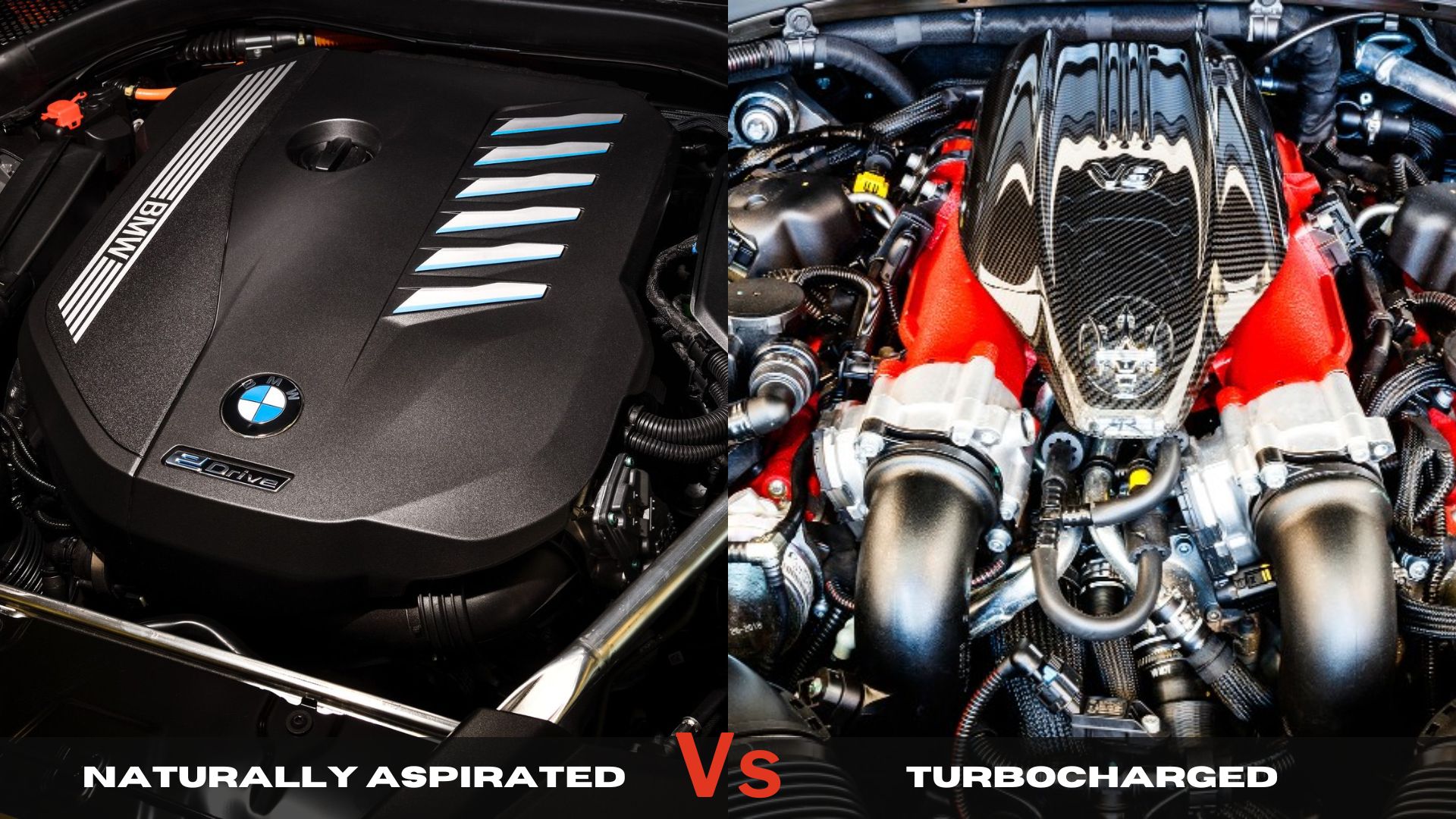Engines on the car are what the arc reactor was to Tony Stark’s Iron Man suit. It helps the car by providing energy to run and quite frankly, there are several other similarities that we can make you count but we won’t.
Today’s topic for the discussion (typical classroom vibes) is the difference between a naturally aspirated and a turbocharged engine and we rather like you to stick to why you are here.
Naturally Aspirated Engines

Google the word ‘aspiration’ and there it says, “Aspiration is the action or process of drawing breath.” So, what exactly is a naturally aspirated engine then? Well, that’s something we are here to find out.
When we normally talk about the naturally aspirated motors, they usually rely on atmospheric pressure to breathe in the air, finally mixing it with the fuel in the combustion chamber to power itself. So basically, like any other living being, these engines inhale the air inside without any extra help from the environment. It’s basically Peter Parker from the Marvel Universe, who is just a normal guy living his normal life.
Is it still complex to understand? The basis of a naturally aspirated motor is that it never uses any additional aid to power itself. Rather, these power units draw air from the atmosphere and push it inside the engine via the inlet manifold.
Turbocharged Engines

The Spiderman of the lot with some serious superpower is how turbocharged engines can be best explained. Unlike, naturally aspirated motors, these engines have an additional component named called – Turbocharger. Now, what this turbocharger does is that it compresses the air before it enters the combustion chamber. The compressed air then enters the chamber and mixes with the fuel to create a denser mixture, ultimately resulting in more power.
The working of a turbocharged engine is definitely complex but what is even more complex is its maintenance. Firstly, it requires more care and the heat produced during the working of this engine is more than what we see on a naturally aspirated motor.
Even the stress a turbocharger puts on the engine components is quite high, which is why a robust structure is required to enhance the overall tolerance level.
Naturally Aspirated Vs Turbocharged Engines
Fuel Efficiency and Power
Many people have this misconception that the fuel efficiency of a turbocharged engine is better than what a naturally aspirated engine offers.
In the real world that’s not the case. In fact, it can be better explained in terms of power. Let’s say, the overall output offered by a 1.5-litre naturally aspirated engine and a 1.0-litre turbocharged engine is the same or the latter one returns a higher output because of the presence of a turbocharger. Now, since the displacement of the turbocharged engine is lesser, it is able to return a better fuel efficiency overall.
Complexity
Additional component takes the complexity of a turbocharged engine to the next level. With the introduction of a turbocharger, which is the additional component here, the need to incorporate more parts such as an intercooler, vacuum hose, pipings, etc. further makes it more complicated. This way, the naturally aspirated is a sure-shot winner here.
Which one is better?
That we leave it on you but whether you choose a naturally aspirated or a turbocharged motor, don’t forget to take care of your engine, the way you take care of your heart.

